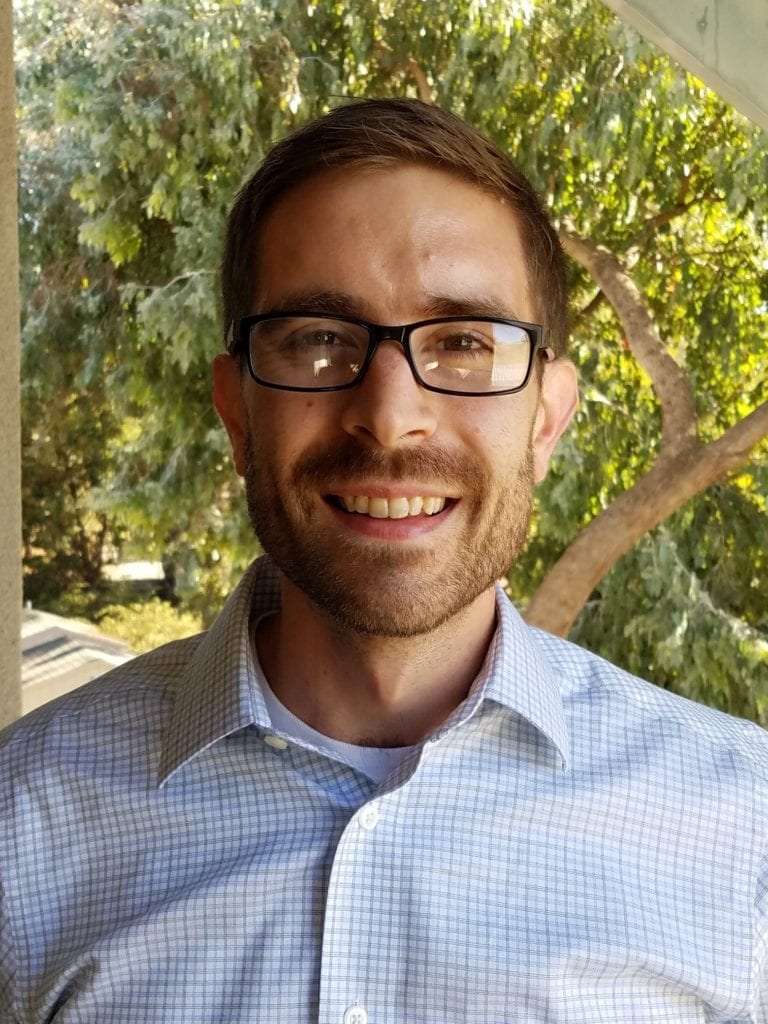When a viral video revealed a dispenser that only offered soap to white people, commenters were quick to joke that the product was somehow racist.
While that notion seemed absurd, the soap dispenser’s design actually did show proof of racial bias, said Ben Lutz, a member of the mechanical engineering faculty.
“It really brings up important questions around equity and inclusion in engineering design process,” said Lutz, one of 16 new assistant professors hired campus-wide to promote inclusive teaching strategies.
The new tenure-track faculty members will contribute to the university’s diversity and inclusion goals in their departments and colleges, along with the university and the community.
One of Lutz’s interests is social justice in engineering. And the soap dispenser is one example he uses to illustrate the issue.
The original video was shot by a Nigerian tech worker, who noticed that a soap dispenser didn’t work when he placed a hand under it but did work when a light-skinned hand was beneath it. The man, Chukwuemeka Afigo, posted the video on Twitter, writing, “If you have ever had a problem grasping the importance of diversity in tech and its impact on society, watch this video.”
Since then, others have posted videos of different soap dispensers doing the same thing.
Experts have explained that the sensors used in the malfunctioning dispensers have a design flaw that does not recognize darker skin colors. Had the dispenser been tested on one person of color, the flaw would have been easily identified and corrected.

“At one level, the issue might have been caught and addressed in prototyping, and the team could have developed a product that recognized a broader range of skin tones,” Lutz said. “But at the same time, the example speaks to broader issues around the ways engineers make decisions, especially as it concerns who is included as a ‘user’ and who is left out – intentional or otherwise.”
Lutz joined the faculty at Cal Poly last fall, having earned a bachelor’s degree in aerospace engineering, a master’s in mechanical engineering and a doctorate in engineering education, all from Virginia Tech, where he began teaching as a grad student.
Coming to Cal Poly, the Baltimore native knew diversity and inclusion was important because the university’s engineering program is so large, giving Cal Poly an opportunity to lead by example. More diversity in engineering, he said, could prevent things like the “racist soap dispenser,” because the teams would be more thoughtful about design considerations.
“Increasing diversity in engineering education helps engineers make better decisions and more fully explore the design problem space,” he said.
The need for diversity extends beyond utilitarian or even economic interests, he said.
“Most of the focus within an engineering curriculum is on technical content, which can send implicit and explicit messages that diversity or equity or justice are tangential concerns – afterthoughts to the design process,” he said.
Doing that, he added, positions engineers as neutral or apolitical, obscuring their role in the complex sociotechnical systems they develop.
“When you become aware of the problems related to diversity, equity and inclusion in engineering, it really becomes one’s responsibility to dismantle the systems that perpetuates these inequities,” he said.


